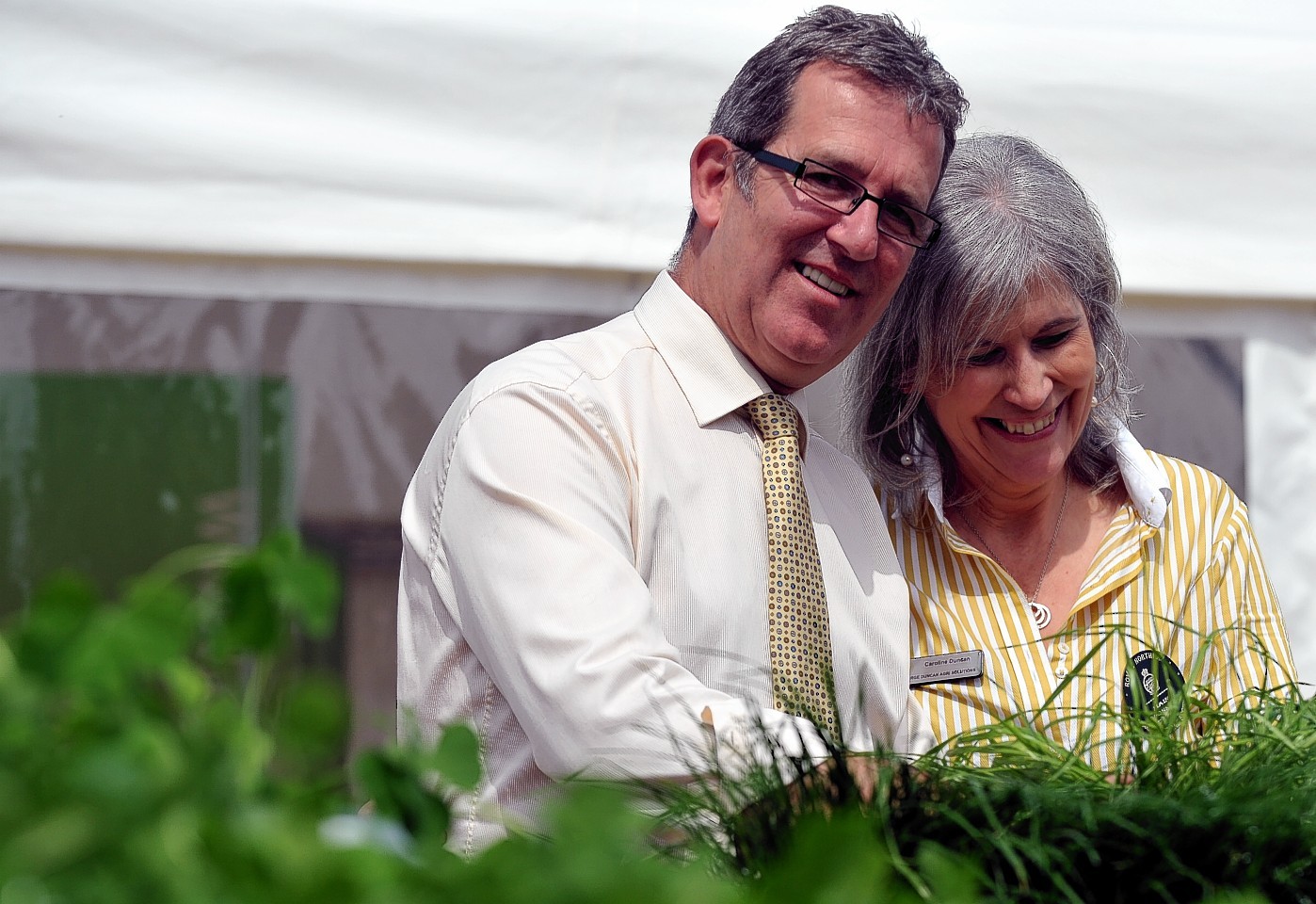Farmers must treat grass more like a crop to make the most from it, according to leading grassland consultants.
As farmers prepare to start silageing, it is worth having a look at the yields coming off the fields and assessing whether or not a re-seed or field rejuvenation is needed in the autumn, said George Duncan from George Duncan Agri Solutions.
See below one of the machinery demonstrations from the GrassTech event in Elgin.
He said there was a massive difference in the yields achieved from old and young grasses.
“You have got to make the most from grass, whether you are conserving it or grazing it,” said Mr Duncan.
“We will need to rely more heavily on home produced forage as a result of subsidy cuts.”
He recommended farmers to carry out sward and soil testing to assess whether or not grassland areas need rejuvenated or even reseeded.
“A lot of the contractors with their forage machines are now able to map fields for yield. If you know what you have sown and what it is yielding, it’s going to be a drive forward,” added Mr Duncan.
Grassland consultant David Lawson from Scotland’s Rural College – SRUC – said farmers should where possible test the energy value of their silage crops as they come in from the field.
“If these are beginning to get low, then you might need to consider a reseed or rejuvenation,” said Mr Lawson.
“In New Zealand they are already doing this where they have a piece of equipment on the back of a buggy which automatically measures grassland.”
He advised farmers to pay careful attention to fertiliser application in particular, as this is one of the biggest input costs in grassland production.
